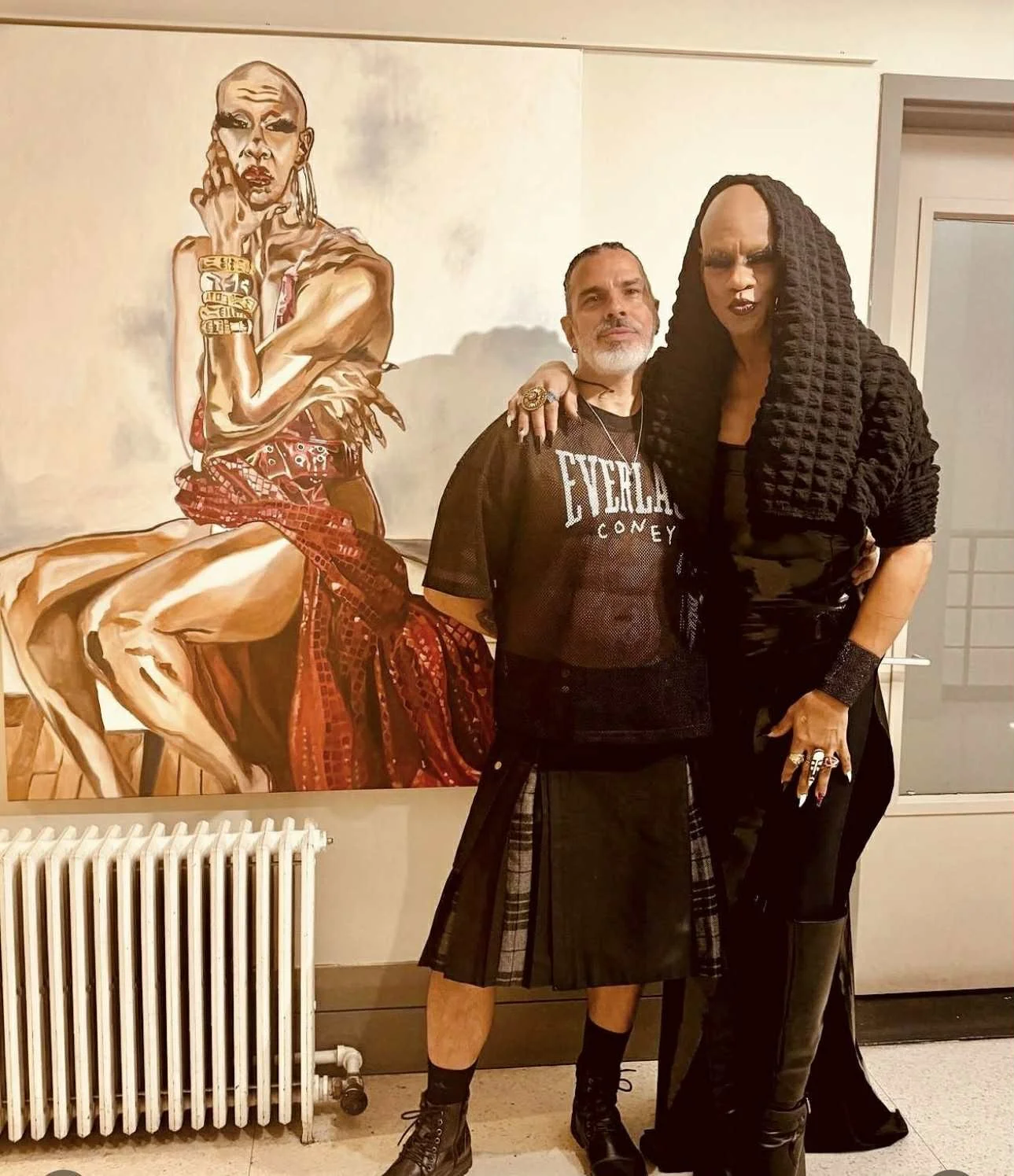The Eyes of the Skin
It seems that Juhani Pallasma’s writing, “The Eyes of the Skin”—in its discussion of the “dominance of the eye and the suppression of the other senses” (17)—is in direct opposition to John Berger’s opening statement in his book,Ways of Seeing, wherein he asserts that “seeing comes before words. The child looks and recognizes before it can speak” (7). In his opening remarks, Berger seems to imply that seeing is the body’s first active sense and that it “establishes our place in the surrounding world” (7).
In contrast, Pallasma appears to suggest that the “dominance” or the “hegemony” of vision is an “ocular bias” developed by man over time suggesting that the suppression of the other senses over vision (and, in particular, images) is not only an act of man but a transgression from what should be—a reliance on the other senses because of how vision “tends to push us into detachment, isolation, and exteriority” (19).
It is safe to say that Pallama’s theory is more relevant now than ever with the proliferation of images on social media. It is not a stretch to see how people are using social media images to promote their “ego-consciousness” thereby resulting in the “separation of the self and the world” (25). If you can post a picture or a video of a work of art or a performance, why actually travel to the site to see it? If you can “see” all of your friends through selfies and keep up with their lives through posts, why travel to meet up?
And this is where Pallasma and Berger agree. Both writers appear to feel that, with the proliferation and vast availability of images, something is lost.
To Pallasma, this ready, chronic, duplication and proliferation of the image “makes the world feel more available than it really is” (36). She laments, I believe, the idea of someone reading about a beautiful landscape and then “visiting” that landscape online and being satisfied with the virtual visitation versus having a need to travel to the landscape and be in it, breathe in it, feel your weight upon it.
For Berger, the lamentation also comes in the form of travel to a site; “the visual arts have always existed within a certain preserve”, he proclaims. “This preserve was magical or sacred. But it was also physical: it was the place, the cave, the building in which the work was made. The experience of art was set apart from the rest of life. Later, the preserve of art became a social one. What the modern means of reproduction has done is to destroy the authority of art and to remove it from any preserve” (32).
The image, or art in general, becomes a “commodity” (Pallasma 34). The reverence is lost. I wonder, however, to what extent this is true and to what extent this is biased against class.
Despite the proliferation of the image, museums are still packed. Indeed, when I visited the Louvre in Paris, the crowd around the (alarmingly mall) “Mona Lisa” somewhat disproves the theory that people are removed from reality. The “Mona Lisa” has to be one of the most prolific images in the history of mankind. Yet, here was this swarm of people angling to get close to it.
(I do have to admit here that many in the crowd were angling for a good position to get a selfie with the “Mona Lisa”—thus “commodifying” the artwork to continue their own, social media, existential narrative).
Still, I think that the idea that art work should be revered, traveled to, and seen in person (despite the proliferation of its image) is a good point. Only there are many people in the world who cannot afford to travel to these places, caves, and buildings where these artworks are made. And even when it is made affordable, here in the United States we have created an aura around these sacred places so that they feel, to many minorities, as spaces for white people only. Thanks to images, anyone who wants to see these works and either cannot afford the trip, the admission ticket, or simply feel unwelcomed can study in the sanctity of their own space.
